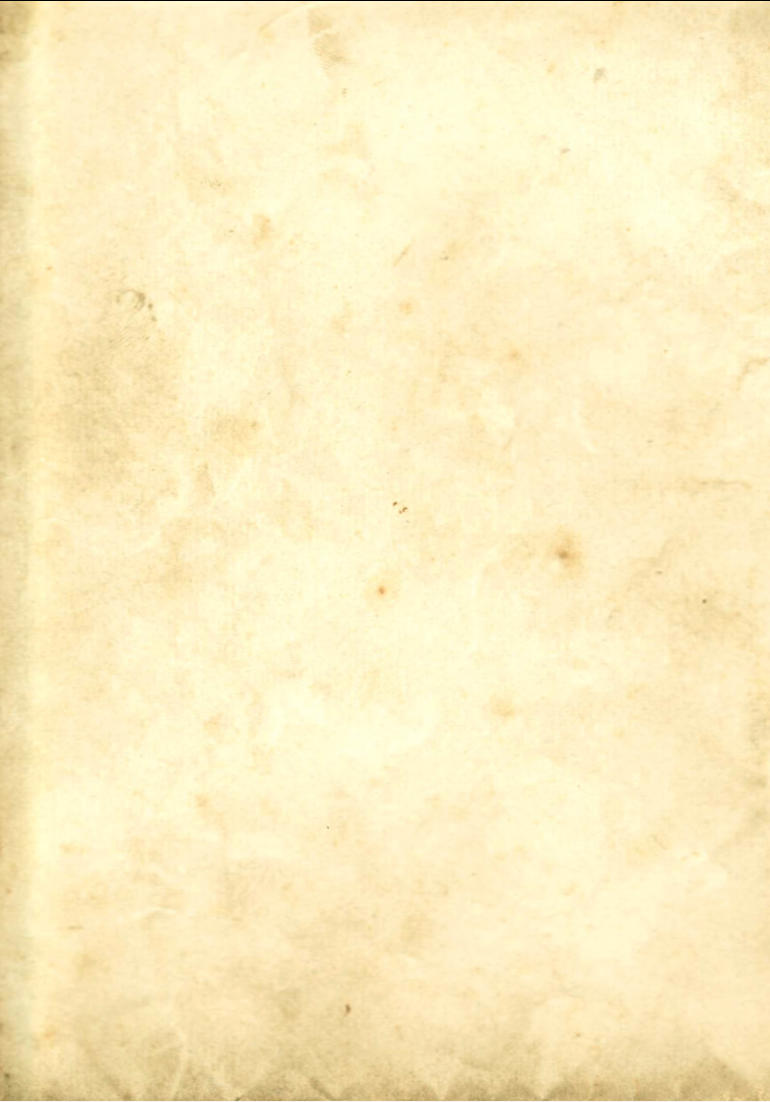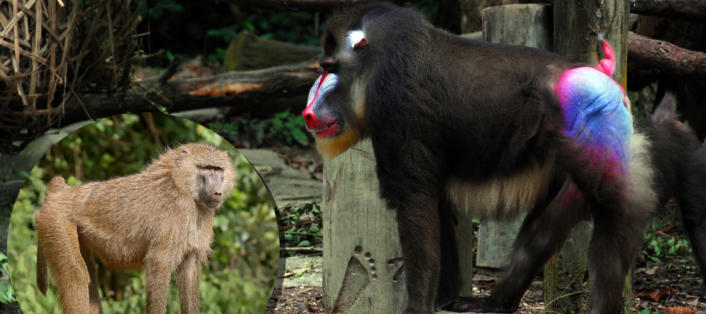The wonderful thing about our North Star 1672 range is that the figures will do for many different nations armies in the period 1665-1680. This is because it is a time just before uniforms, and the figures are all dressed in the fashions common amongst soldiers throughout Western Europe.
because it is a time just before uniforms, and the figures are all dressed in the fashions common amongst soldiers throughout Western Europe. 
 because it is a time just before uniforms, and the figures are all dressed in the fashions common amongst soldiers throughout Western Europe.
because it is a time just before uniforms, and the figures are all dressed in the fashions common amongst soldiers throughout Western Europe. 
This of course includes Britain. The years covered by our range is called the Restoration Period in
The years covered by our range is called the Restoration Period in Britain as it was the time the monarchy, represented by Charles II,
Britain as it was the time the monarchy, represented by Charles II,  was restored after the English Civil War.
was restored after the English Civil War.  It was also the genesis of the British Army. Britain, tired of soldiers
It was also the genesis of the British Army. Britain, tired of soldiers and war, had disbanded much of it’s forces after the Civil War and
and war, had disbanded much of it’s forces after the Civil War and Oliver Cromwell’s reign. With the return of Charles II to England in
Oliver Cromwell’s reign. With the return of Charles II to England in 1660, the units still under arms swore allegiance to the King and
1660, the units still under arms swore allegiance to the King and became the senior units of the British Army.
Some of the infantry regiments:
became the senior units of the British Army.
Some of the infantry regiments: Coldstream Guards
Grenadier Guards
Scots Guards
1st Regiment (Royal Scots)
2nd Regiment (The Queen’s)
3rd Regiment (The Buffs)
Coldstream Guards
Grenadier Guards
Scots Guards
1st Regiment (Royal Scots)
2nd Regiment (The Queen’s)
3rd Regiment (The Buffs)
 The years covered by our range is called the Restoration Period in
The years covered by our range is called the Restoration Period in Britain as it was the time the monarchy, represented by Charles II,
Britain as it was the time the monarchy, represented by Charles II,  was restored after the English Civil War.
was restored after the English Civil War.  It was also the genesis of the British Army. Britain, tired of soldiers
It was also the genesis of the British Army. Britain, tired of soldiers and war, had disbanded much of it’s forces after the Civil War and
and war, had disbanded much of it’s forces after the Civil War and Oliver Cromwell’s reign. With the return of Charles II to England in
Oliver Cromwell’s reign. With the return of Charles II to England in 1660, the units still under arms swore allegiance to the King and
1660, the units still under arms swore allegiance to the King and became the senior units of the British Army.
Some of the infantry regiments:
became the senior units of the British Army.
Some of the infantry regiments: Coldstream Guards
Grenadier Guards
Scots Guards
1st Regiment (Royal Scots)
2nd Regiment (The Queen’s)
3rd Regiment (The Buffs)
Coldstream Guards
Grenadier Guards
Scots Guards
1st Regiment (Royal Scots)
2nd Regiment (The Queen’s)
3rd Regiment (The Buffs)
Colour.

PAINTING BABOONS



































